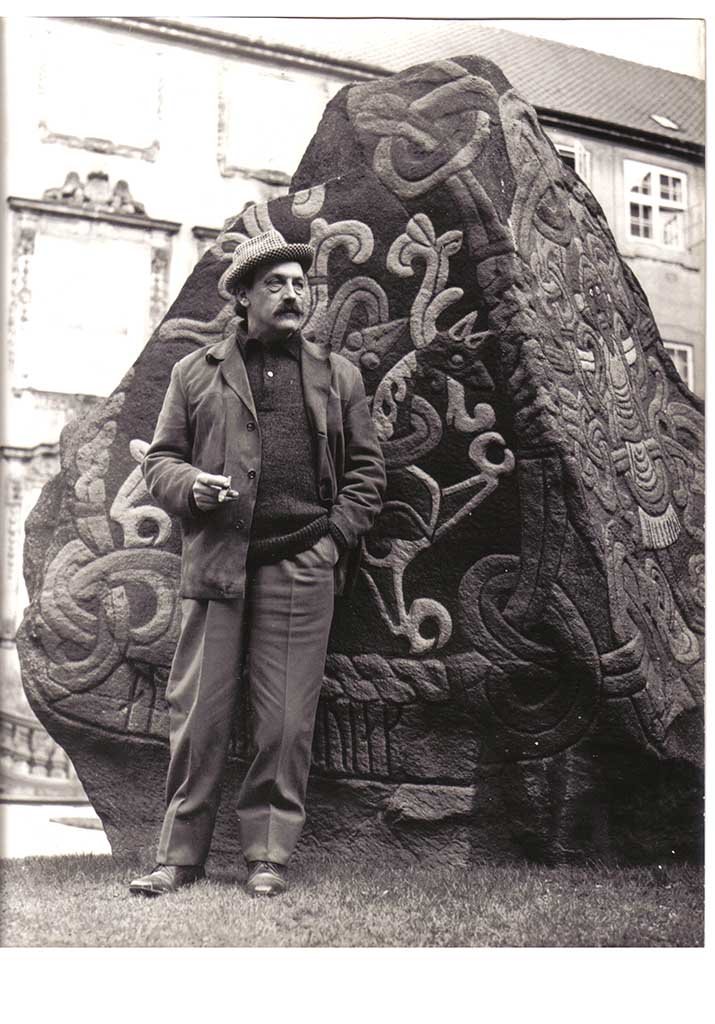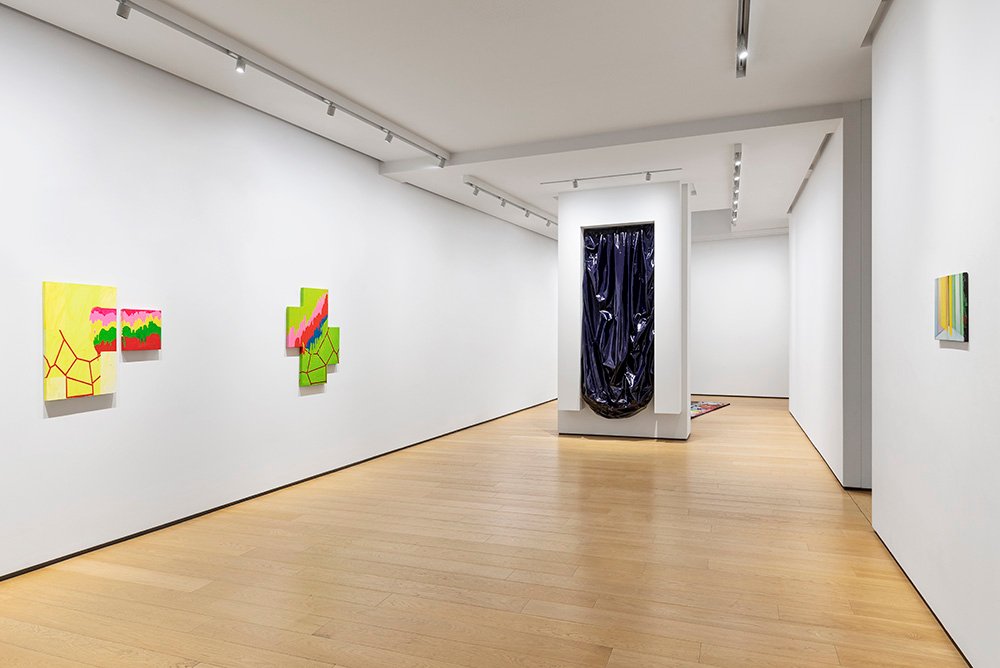Pinot Gallizio
Pinot Gallizio (Alba, 1902 – 1964) attended the San Giuseppe college in Turin, and graduated in chemistry in 1925. After having taken part in the partisan Resistance during the Second World War as a member of the CLN Langhe, he met Piero Simondo, and thanks to this encounter Gallizio’s interest in art was born. In 1955, he met Asger Jorn in Albisola and he founded the “First Experimental Laboratory for an Imaginist Bauhaus” in Alba. In 1956, the First World Congress of free artists organized by Gallizio together with Jorn was held in Alba: among others, Ettore Sottsass, Piero Simondo, Enrico Baj, Constant, Gil Wolman, and Elena Verrone participated. In 1957, in Cosio d’Arroscia, he participated in the foundation of the Situationist International with Guy Debord, Michèle Bernstein, Asger Jorn, Constant, Walter Olmo, Piero Simondo, Elena Verrone, and Rulph Rumney. In 1958, he began his career as a full-time artist with the production of industrial painting, which he exhibited in Turin in the same year at the Galleria Notizie: a 12- meters oil painting on canvas, a 14-meters resin painting on canvas, and a 70-meters painting on canvas, made with his son Giors Melanotte. Afterwards, he exhibited in Milan and Munich, and in April 1959 at René Drouin in Paris, where he created the installation of the Antimatter Cave. In 1964 he was invited by Maurizio Calvesi to the Venice Biennale. He died in Alba in February of the same year. Numerous were the participations in personal and collective exhibitions in the main museums of the world. His works are in the main private and public collections including: Center Pompidou, Paris; Tate Gallery, London; Stedelijk Museum, Amsterdam; National Galerie, Berlin; Center d’Art Contemporain of Geneva; Reina Sofia Museum, Madrid; Civic Gallery of Modern Art, Turin; National Gallery of Modern Art, Rome; Museum of Modern Art, Bologna.









